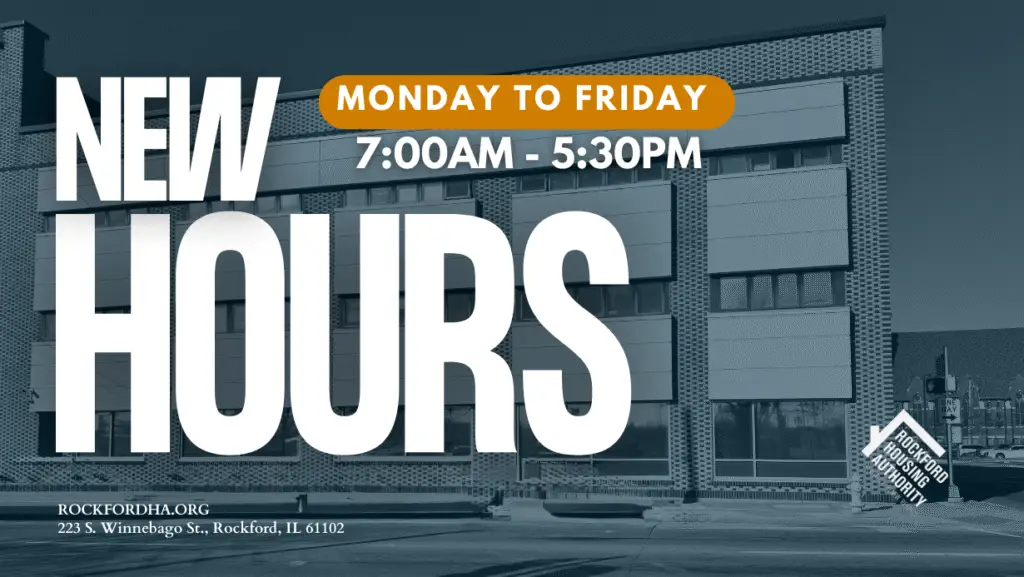Using Digital Tools in the Classroom & for Homework Isn’t the Future of Learning, it’s the Present
Since 1994, the National Center for Education Statistics (NCES) has documented the large increase in access to computers and the Internet in the nation’s public elementary and secondary schools (U. S. Department of Education). These increases have led to a need to understand the extent and types of teacher use of computers and the Internet.
The Pew Research Center’s Internet & American Life Project, is one of seven projects that make up the Pew Research Center, a nonpartisan, nonprofit “fact tank” that provides information on the issues, attitudes and trends shaping America and the world. The Project produces reports exploring the impact of the internet on families, communities, work and home, daily life, education, health care, and civic and political life. The Pew Internet Project takes no positions on policy issues related to the internet or other communications technologies.
To address these critical information needs, teachers of the lowest income students are the least likely to say their students have sufficient access to the digital tools they need, both in school and at home. In terms of community type, teachers in urban areas are the least likely to say their students have sufficient access to digital tools.
Advanced Placement and National Writing Project teachers bring a wide variety of digital tools into the learning process, including mobile phones, tablets, and e-book readers.
The survey reveals the degree to which the internet and digital technologies, particularly mobile phones, suffuse teaching activities. Laptops and desktops are central, but they note mobile technology use has also become commonplace in the learning process:
- 73% of AP and NWP teachers say that they and/or their students use their mobile phones in the classroom or to complete assignments
- 45% report they or their students use e-readers and 43% use tablet computers in the classroom or to complete assignments
Teachers most commonly use digital tools to have students conduct research online, which was the focus of an earlier report based on these data. It is also common for these teachers to have students access (79%) and submit (76%) assignments online. More interactive online learning activities, such as developing wikis, engaging in online discussions, and editing work using collaborative platforms such as GoogleDocs, are also employed by some of the teachers in the sample.
Overall, 62% of AP and NWP teachers feel their school does a “good job” supporting teachers’ efforts to bring digital tools into the learning process, and 68% say their school provides formal training in this area. Still, 85% of these teachers seek out their own opportunities to learn new ways to effectively incorporate these tools into their teaching.
Lee Rainie, Director of Internet, Science, and Technology research, details the digital divide that Americans face in accessing the internet to the U.S. Census Bureau’s National Advisory Committee on Racial, Ethnic, and Other Populations. Using Pew Research Center data spanning 15 years, he discusses how household income, educational attainment, race and ethnicity, age and community type affect internet usage among Americans and how those demographics have shifted since 2000.
Read More: http://www.pewinternet.org/2015/09/22/digital-divides-2015/
#IamRockford #RHA #Rebuild #TransformRockford #ConnectHome
Want to help out?
Every child should be given the same opportunity to build a brighter future and to achieve their dreams. #ConnectHome, the new initiative will bring high-speed broadband access to the community. Those who could benefit most from the Internet are the least likely to have it. A new initiative will help close the digital divide.
We need your support of this monumental effort. Donate TODAY.
- $25 eliminates shipping costs for up to 10 families.
- $100 secures one affordable tablet or digital learning device.
- $1,000 provides devices for up to 10 families.
- $10,000 provides devices for up to 100 families.
- $50,000 provides devices for up to 500 families.
https://www.crowdrise.com/connecthomedevicesfo/fundraiser/rockfordil





